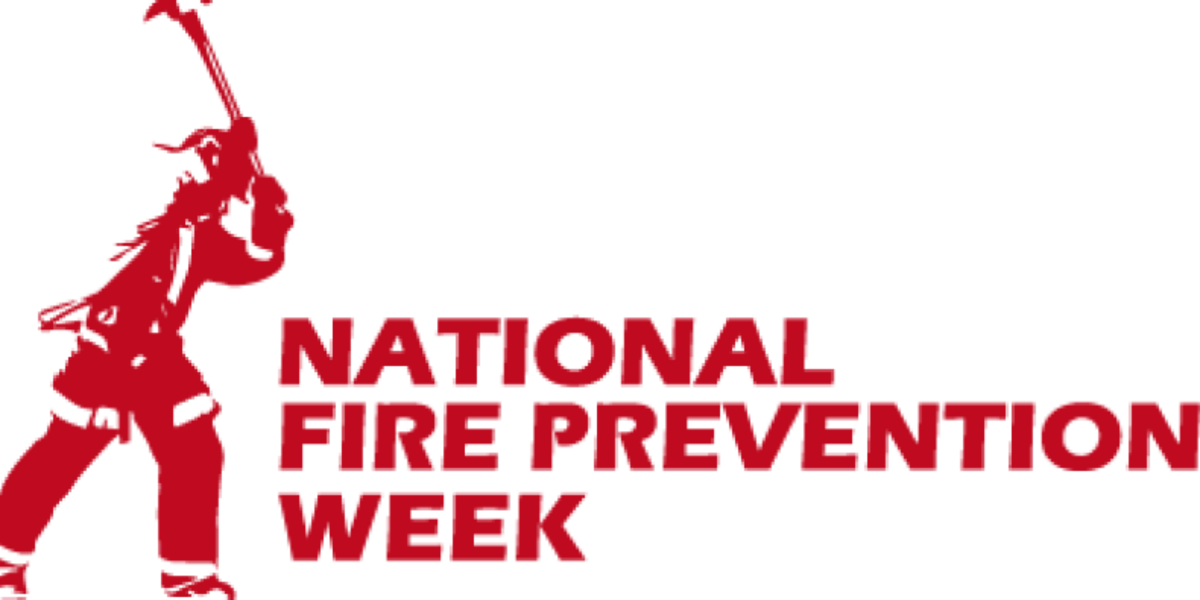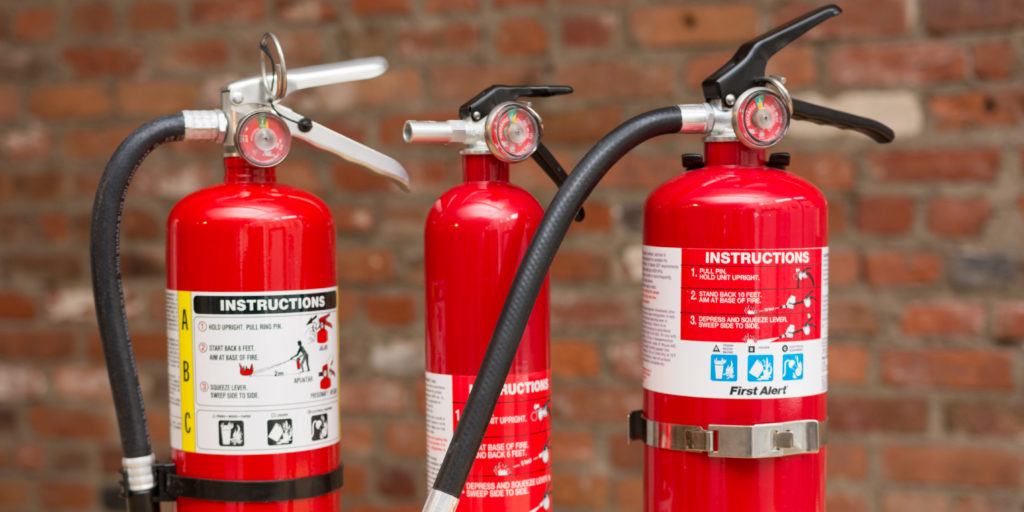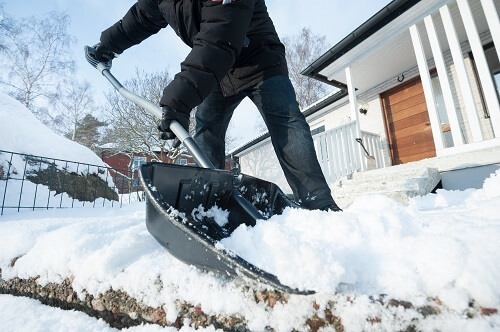National Fire Prevention Week is coming, and it’s a good time to review with your drivers how to prevent fires and how to respond if one occurs in their commercial motor vehicle.
Fire extinguisher inspection is a vital part of every driver’s daily vehicle inspection. It’s surprising how often I find extinguishers that have lost pressure due to a leak, or were used and then returned to the truck without being recharged. A driver’s actions during a fire are crucial to saving lives and minimizing damage.
When a fire occurs in a commercial motor vehicle, the driver must know two things:
-
Basic knowledge about fires.
-
How to properly operate a fire extinguisher.
Fire safety and extinguisher training should be part of every new driver’s orientation program.
The Federal Motor Carrier Safety Regulations require that all commercial motor vehicles carry a properly sized, type-approved, secured, and labeled fire extinguisher. Did you know that CMVs carrying hazardous materials are required to have a larger extinguisher than those that are not?
Requirements (FMCSR §393.95 Emergency Equipment on All Power Units):
-
Fire Extinguishers
-
Minimum ratings:
-
A power unit transporting hazardous materials in a placardable quantity must carry an extinguisher rated 10 B:C or higher.
-
A power unit not transporting hazardous materials must carry an extinguisher rated 5 B:C or higher.
-
-
Labeling/marking: Each extinguisher must be labeled with its UL rating.
-
Visual indicators: Extinguishers must allow visual confirmation that they are fully charged.
-
Condition, location, mounting: Extinguishers must be filled, readily accessible, and securely mounted to prevent movement.
-
What to Do if a Fire Occurs in a Commercial Motor Vehicle
-
Safely move the truck off the roadway into an open area, away from buildings, trees, vehicles, or other flammable objects.
-
Call 911 and report the fire and your location.
-
If the fire is too large to extinguish, move away immediately. Protecting your life and the public’s safety is the top priority.
-
If operating a tractor-trailer, disconnect the trailer from the tractor if it is safe to do so, to prevent damage to both units and the cargo.
-
If the engine is on fire, shut it down as soon as possible.
-
Avoid opening the hood; instead, attempt to extinguish the fire through louvers, the radiator, or from underneath. Opening the hood will feed oxygen to the fire and intensify it.
-
If the fire is in the trailer or cargo box, keep the doors shut to limit oxygen and slow the spread.
-
Tire fires usually cannot be extinguished with a fire extinguisher. Use dirt or sand to smother the flames if possible.
Preventing Fires in Your Commercial Motor Vehicle
-
Complete thorough pre- and post-trip inspections of the fuel, electrical, and exhaust systems, as well as tires and cargo.
-
Keep the unit clean of excess grease, fuel, and oil.
-
Monitor dash gauges while driving for signs of overheating.
-
Use mirrors to check for smoke or flames.
-
With post-2007 emission units, be aware of the regeneration process in the after-treatment system, as exhaust temperatures can reach extremely high levels.
-
Know the fire potential of your cargo.
Preventing Driver Injuries in Fall and Winter
Slip, trip, and fall injuries are the most common type of driver injury, especially in the winter months. Each year, thousands of professional drivers are
seriously hurt because they don’t pay full attention in icy or snowy conditions. Staying alert and cautious is essential.
-
Remember: our primary goal is for you to return home to your family and friends safe and healthy.
-
Always wear proper footwear — full-support leather shoes with rugged, non-slip soles. Use non-slip covers (e.g., YakTrax) when needed.
-
Slow down. Never rush.
-
Watch where you walk; snow often covers ice in parking areas.
-
Take small steps and test your footing with each step.
-
Check handrails and grab handles for ice before using them.
-
Always wear gloves for a better grip.
-
Always use three points of contact when entering/exiting your tractor or trailer or climbing onto the catwalk.
-
Always wear your seat belt.
-
Slow down in winter conditions!









